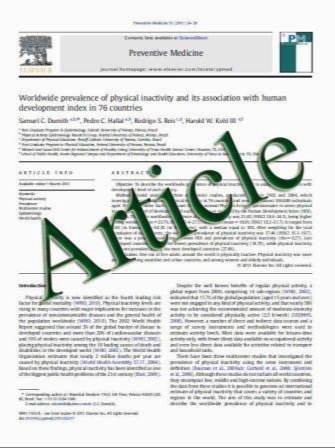Cysteine Cathepsins and the Skeleton
- نوع فایل : کتاب
- زبان : انگلیسی
- مؤلف : Dieter Bro¨mme
- چاپ و سال / کشور: 2011
Description
Cysteine cathepsins are lysosomal proteases with housekeeping as well as tissue-specific functions. One of their specialized functions includes the degradation of extracellular matrix proteins and the regulation of the immune response. In recent years, this protease family received increasing attention as drug targets for bone and cartilage-related diseases. Cathepsin K is identified as the major osteoclast protease with a potent and unique collagenase activity. The protease is responsible for the bulk of collagen degradation in bone remodeling and plays a significant role in the regulation of osteoclast activity. Major efforts in the pharmaceutical industry led to the development of highly potent and specific cathepsin K inhibitors for clinical trials in osteoporosis. Odanacatib, a nitrilebased non-lysosomotropic inhibitor is presently in phase III trials. The compound is well tolerated and showed efficacy regarding the increase of bone mineral density, and reduction of serum and urinary markers of bone resorption. Moreover, cathepsin inhibitors do less or not interfere with the bone formation process. Cathepsin K is also a drug target in arthritic diseases where it is likely involved in type II collagen and glycoprotein degradation. Cathepsin S, which lacks the collagenase activity, is involved in MHC class II antigen presentation in inflammatory and autoimmune related joint diseases and its inhibitors have the potential to represent a new class of anti-inflammatory drugs.
Clinic Rev Bone Miner Metab (2011) 9:83–93 Published online: 23 June 2011


